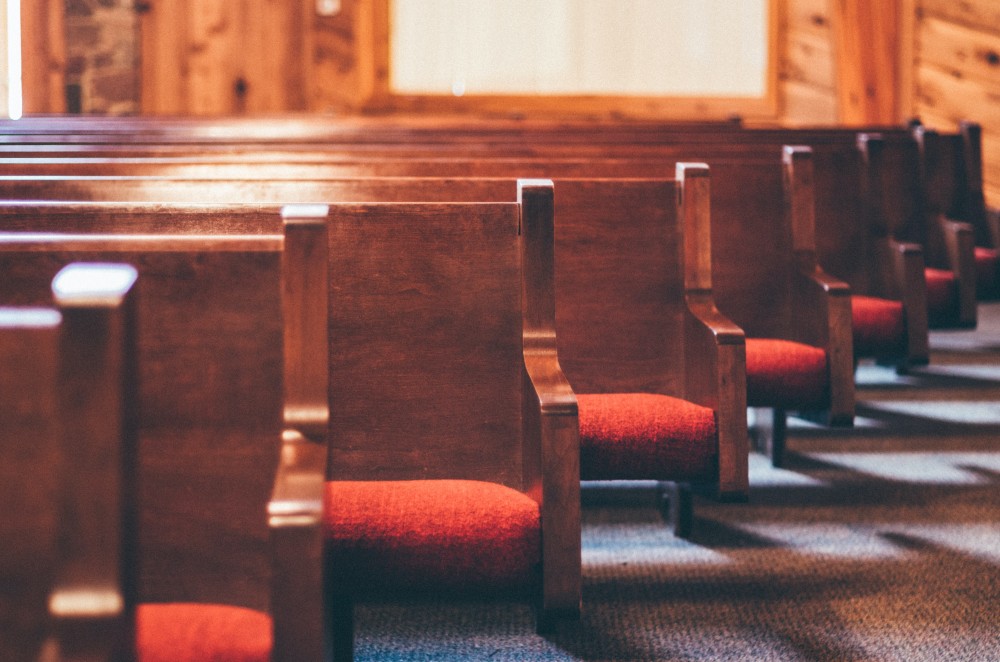Episcopal Church releases 2021 parochial data report

The Episcopal Church on November 22 released the parochial report data for 2021. The summaries of churchwide membership, attendance, and revenue figures offer the fullest statistical picture yet of the unprecedented disruption to parish life caused by the COVID-19 pandemic.
As a one-year snapshot, the release includes some sobering numbers, including a sharp decrease in Sunday attendance during the first full year of the pandemic, when COVID-19 vaccines were just becoming available, subvariants were fueling new outbreaks, some congregations still worshipped only online, and many worshipers remained reluctant to gather in person. Churchwide, average Sunday attendance in 2021 barely rose above 300,000, down by 43 percent from pre-pandemic counts.
The 2021 reports offer the first churchwide data on pandemic attendance; the 2020 reports only counted attendance for the first 12 weeks of that year.





